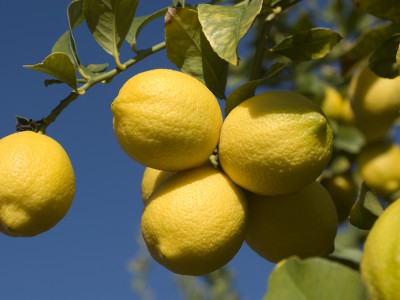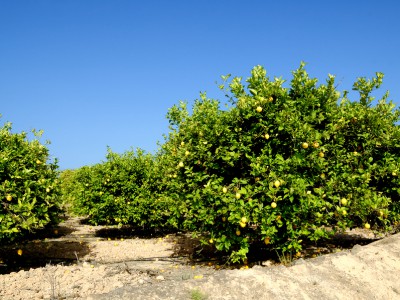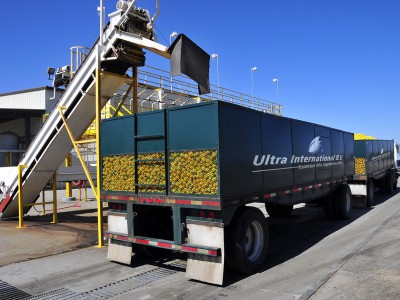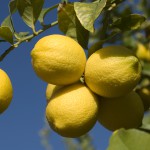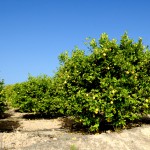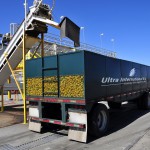Product: Lemon Oil
Lemon Oil Argentina Citrus limon (L.) Burm. F.
-
Description
Lemon oil from all corners of the world is one of Ultra’s core products and is obtained by cold expression or steam distillation of lemon peel.
Lemon has a place in many culinary uses from soft drinks and cocktails to marmalade. However, it can also be used and found in household cleaning products since it can disinfect, deodorise, remove grease and dissolve wax and grime to name but a few uses.
Lemon is also used in aromatherapy to enhance moods and can be used for its anti-bacterial properties in other medicinal applications. In fragrances it gives a fresh uplifting and zesty note to any perfume as it is highly volatile.
Interestingly the three top producers of fresh lemons in the world are not the countries we would associate with oil production; the top 3 being China, India and Mexico, which account for over 40% of the world production.
Today we associate lemon oil production with Italy and Spain (Europe), Argentina and USA (Americas) and even South Africa.
Over the past 40 years Argentina's processed lemon volumes have increased significantly decade on decade, from an average annual volume of 80,000 MT in the 1970s, to 200,000 MT in the 1980s, to 540,000 MT in the 1990s and 900,000 MT since 2000. This is why today its contribution is very important to our markets.
Argentina's 2014 crop disaster put huge pressure on the global market, something we are still recovering from. Argentina contributes around 10% of the global fresh lemon fruit market. When you think that over the past 5 years Argentina has processed an average of 860,000 MT of fresh lemons then any crop 'disaster' will have a major impact on the global market.

-
Product Details
- Botanical name: Citrus limon (L.) Burm. F.
- Origin: Argentina
- Crop Season: May - July
- Plant/part used: Ripe peel of fruit.
- Method of extraction: Expression/Distillation
- TSCA CAS: 8008-56-8
- EINECS CAS: 84929-31-7
- EINECS: 284-515-8
- INCI Name: Citrus medica limonum (Lemon) peel oil
- Appearance: Pale yellow to dark yellow mobile liquid.
- Organoleptic Properties: Fresh lemon peel sweet citrus aldehydic
- Density: 0.845 -0.860
- Refractive index: 1.468 -1.480
- Optical rotation: +57º to +70º
- Chemical constituents: Limonene, Terpinene, Pinene, Sabinene, Myrcene, Citral, Linalool.
- Fragrance usage: max. 10%
- REACH: Registered
-
Latest Market Information July 7, 2025
Argentina lemon oil industry continues to face significant challenges in the 2024/25 season. Fresh lemon production is projected to decline by approximately 10 percent reaching around 1.4 million metric tons. This reduction is primarily due to unfavourable rainfall during the blooming period, which adversely affected fruit development and quality. Economic pressures, including inflation, high production costs, and complex logistics, have led to decreased profitability for growers. Consequently, some producers have abandoned lemon cultivation, with reports indicating that approximately 11,000 hectares of lemon trees have been neglected and an additional 12,000 hectares removed. These factors have contributed to a rise in lemon oil prices. Additionally, new local taxes
and export duties have further strained the market. Despite these challenges, Argentina remains a key player in the global lemon oil market, accounting for a significant portion of the world’s industrial lemon processing. The northwest provinces of Tucumán, Salta, and Jujuy continues to be the primary production areas.Market prices :USD 16.00 /kilo -
Product Enquiry
To ask us a fair quote for this product, please fill the following form:
-
Documents & Links
List of product Files
 Ultra International B.V.
Ultra International B.V.
